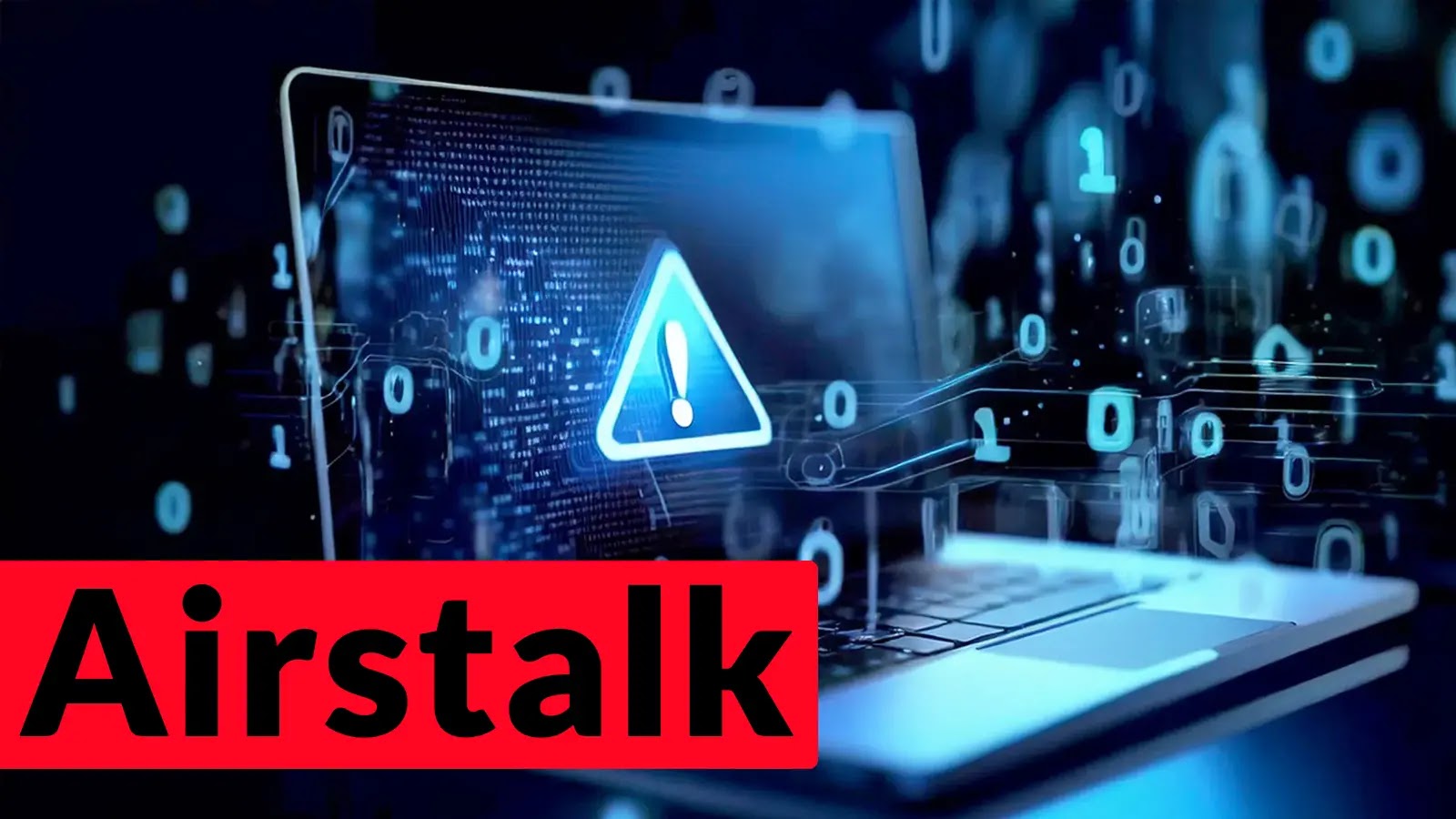
Airstalk Malware Leverages AirWatch API MDM Platform to Establish Covert C2 Communication
Airstalk Malware: How Attackers Weaponize AirWatch MDM for Covert C2
The cybersecurity landscape is constantly evolving, with threat actors continuously refining their tactics to breach enterprise defenses. A recent discovery by security researchers highlights a particularly insidious new malware family, dubbed Airstalk. This sophisticated threat uniquely leverages the legitimate AirWatch API within enterprise Mobile Device Management (MDM) platforms to establish covert Command and Control (C2) communication, thereby evading traditional detection mechanisms and maintaining persistent access.
This development signals a critical shift in adversary techniques, moving beyond direct system exploitation to weaponize trusted enterprise management tools. The focus on business process outsourcing (BPO) organizations for these supply chain compromises underscores a growing vulnerability within interconnected corporate ecosystems.
Understanding Airstalk’s AirWatch MDM Exploitation
Airstalk differentiates itself by turning a legitimate IT administration tool, AirWatch (now VMware Workspace ONE UEM), into a stealthy communication channel. Instead of relying on conventional C2 infrastructure that might be flagged by network defenders, Airstalk interacts directly with the AirWatch API. This approach allows the malware to blend its malicious traffic with legitimate MDM data, making it exceptionally difficult to detect.
By compromising an organization’s MDM platform, attackers gain a powerful foothold. Not only can they exfiltrate data, but they can also issue commands to compromised devices using the very tools designed for device management. This supply chain compromise through BPO firms amplifies the risk, as adversaries can pivot from a less secure partner to an otherwise well-defended enterprise.
The Threat to Business Process Outsourcing (BPO) Organizations
The specific targeting of BPO organizations by Airstalk is a significant concern. BPOs often handle sensitive data and have privileged access to client networks. A compromise within a BPO can cascade into multiple client organizations, creating a widespread supply chain attack. This type of attack exploits the trust relationships inherent in outsourcing, turning shared services into vectors for advanced persistent threats.
For businesses relying on BPO partners, this discovery necessitates a thorough review of third-party risk management and the security postures of their vendors. The implicit trust often afforded to BPO providers must be re-evaluated in light of such sophisticated threats.
Why Airstalk Evades Traditional Detection
Traditional security tools, such as Intrusion Detection Systems (IDS) and firewalls, are primarily designed to identify known malicious signatures or anomalous network traffic originating from external, untrusted sources. Airstalk’s use of AirWatch API for C2 communication circumvents these controls because the traffic appears as legitimate MDM operations from an internal, trusted source.
Furthermore, the encrypted nature of API communications adds another layer of obfuscation, making deep packet inspection challenging. This operational stealth allows Airstalk to maintain persistence and exfiltrate data over extended periods without immediate detection, posing a significant challenge for incident response teams.
Remediation Actions and Proactive Defense
Protecting against sophisticated threats like Airstalk requires a multi-layered approach focusing on both preventive measures and advanced detection capabilities:
- Enhanced API Security: Implement robust API security gateways that can monitor and analyze API calls for unusual patterns or unauthorized access attempts, even from within the enterprise network.
- Zero Trust Architecture: Adopt a Zero Trust model, where no user, device, or application is implicitly trusted, regardless of its location. This requires strict authentication and authorization for every access request.
- MDM Platform Hardening: Regularly audit and secure MDM platforms like AirWatch. Ensure strong authentication, role-based access control, and continuous monitoring for suspicious administrative activities within the MDM console itself.
- Network Segmentation: Segment networks to restrict lateral movement if a compromise occurs. Isolate MDM infrastructure and critical BPO integrations into separate network segments.
- Behavioral Analytics: Deploy User and Entity Behavior Analytics (UEBA) solutions to detect deviations from normal user or system behavior that might indicate a compromise.
- Third-Party Risk Management: Strengthen due diligence and continuous monitoring of BPO and other third-party vendors. Ensure their security practices align with organizational standards.
- Regular Penetration Testing: Conduct regular penetration tests specifically targeting MDM environments and BPO integration points to identify potential weaknesses before attackers do.
Relevant Tools for Detection and Mitigation
| Tool Name | Purpose | Link |
|---|---|---|
| VMware Workspace ONE UEM (AirWatch) Advanced Security Features | Comprehensive MDM and UEM, with various security features, including conditional access and compliance policies. Organizations should leverage these features to their fullest extent. | https://www.vmware.com/products/workspace-one/unified-endpoint-management.html |
| API Security Gateways (e.g., Akana, Apigee, Mulesoft) | Monitors, analyzes, and protects API traffic by enforcing policies, detecting anomalies, and preventing unauthorized access. | Varies by vendor; search for “API Security Gateway” for options. |
| User and Entity Behavior Analytics (UEBA) solutions | Detects anomalous behavior indicative of insider threats or compromised accounts by baselining normal activity. | Varies by vendor; search for “UEBA solutions” for options. |
| Network Detection and Response (NDR) platforms | Provides deep visibility into network traffic with AI/ML to detect advanced threats that bypass traditional security tools. | Varies by vendor; search for “NDR solutions” for options. |
Conclusion
The emergence of Airstalk malware underscores a critical evolution in sophisticated cyber attacks. By subverting legitimate enterprise tools like AirWatch MDM for covert C2, threat actors are effectively cloaking their malicious activities within the trusted fabric of corporate infrastructure. Organizations, especially those relying on BPO services, must recognize this heightened risk. Moving forward, prioritizing robust API security, adopting Zero Trust principles, enhancing MDM platform hardening, and investing in advanced behavioral analytics will be paramount in fending off these increasingly stealthy and elusive threats.





